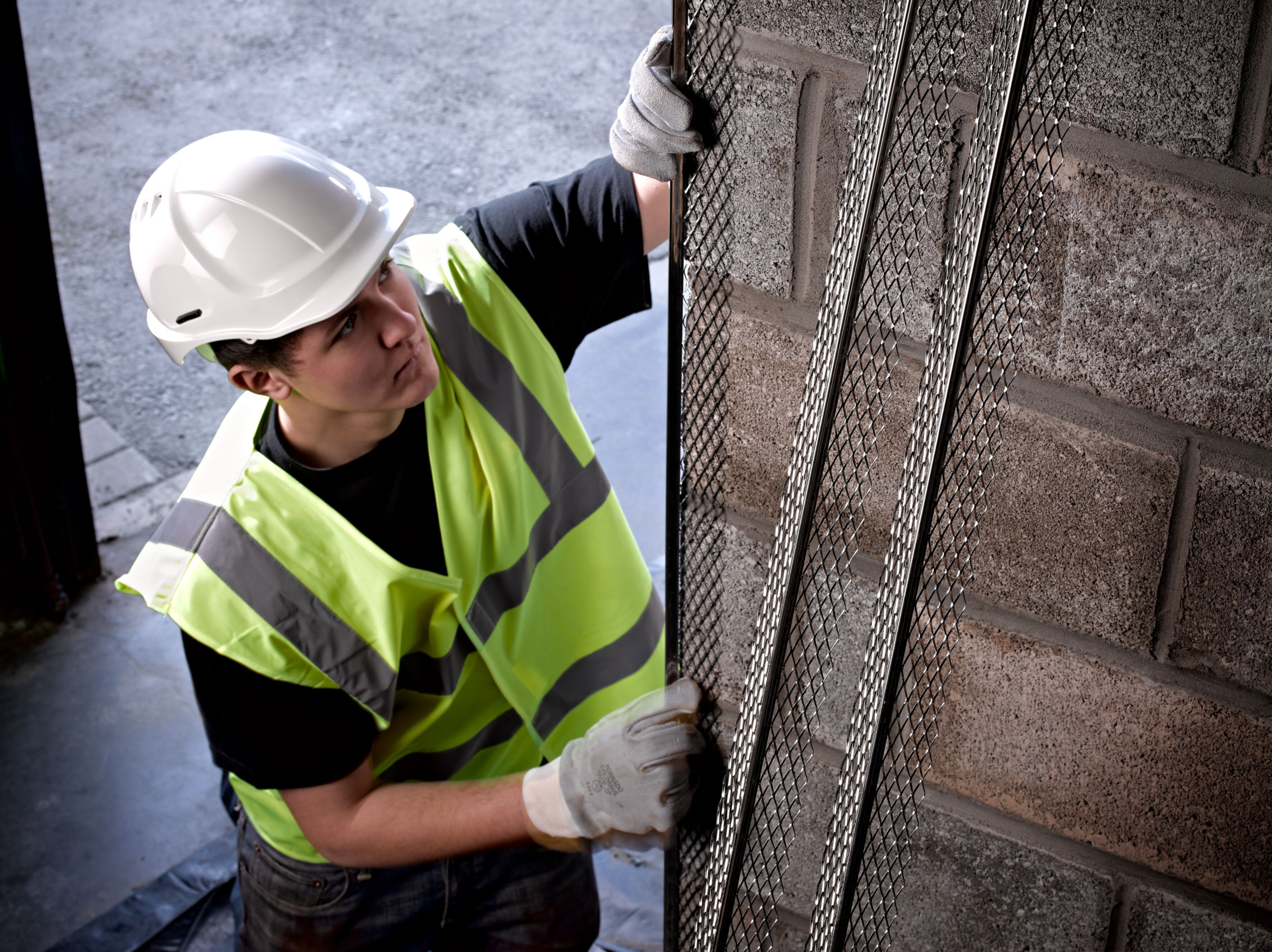
With major events like Expo 2020 and 2022 FIFA World Cup on the architectural horizon, and a steady increase in tourist numbers, the future of the hospitality industry across the Middle East region is looking bright. However with all eyes on the Gulf region, the design and construction stakes are high. Reputations of architects, specifiers, main contractors and clients alike are being put on the line.
Hotel builds demand a high quality finish and exceptional building performance, under what are, quite simply, extreme conditions. Richard Price, Technical Director at international brand Catnic stresses how important it is to specify high quality building components by name, and ensure they are installed correctly on site.
Imperative to building performance is quality. Every component should be selected with the geographical context and design ambitions of the hotel project in mind. An architect will always have a reason for a named selection, usually based on a known and trusted standard of performance. Not only does this secure the efficient performance of a building envelope, it contributes to the legal compliance of the building as a whole and will also ensure its longevity against the rigours of everyday use and climatic extremes.
The slick high quality finish of the hotels being built in the Middle East means products that can help to achieve these high standards are in demand. For example, plasterers’ beads reliably help to create the smooth surface clients expect of rendered façades. Nowadays, Catnic beads and profiles are being specified by name, with many architects wanting only the best installed, rather than ‘equal or equivalent to’, which leaves product specification open to interpretation. Often seen as an opportunity to cut cost, however frequently at the expense of quality compromises that can fall short of the initial design intention.
In such hot, humid and often saline coastal environments, there is a serious risk that beads will oxidise and cause unsightly staining. In the worst cases, the level of oxidisation can cause the bead to warp and twist away from the wall, chunks of the plaster can break off in the process, cracking and failure of the render can occur, which then requires expensive remedial work.
Corrosion can be the result of many different factors. Trowelling wet plaster onto walls and scraping the surface of lesser quality galvanised beads will expose edges, which can become susceptible to moisture.
To protect building renders against the effects of corrosion, make sure robust, quality products, manufactured to EN 13658 - 1 & 2, are used on site, and that the right profiles are used in the correct applications.
Consider the context of the building and the application of the beads at the initial stages of specification. For external renders, select stainless steel and PVCU beads. In ordinary situations internally, galvanised steel is a more appropriate choice, although for high moisture interior environments stainless steel and PVCU could also be considered. For the most aggressively humid environments, PVCU should be the primary material of choice. Consultation with a specialist will assist with accurate specification that meets the design requirements, performance and legal compliance of the building.
Through the named specification of products, quality can be more confidently achieved. Catnic’s galvanised beads are manufactured to a gauge 11% above the requirements of both British and European standards, while its stainless steel beads exceed these requirements by 25%. In specifying such a product by name, architects can ensure that beads with adequate protection are installed ensuring the longevity of a rendered façade.
Avoiding ambiguity onsite is easy with products from a reliable international supplier like Catnic. Main contractors and architects can identify Catnic’s own products by simply checking for the stamped brand that is visible on all profiles, alongside the required CE mark on the product packaging. This is supported by Declaration of Performance documentation to prove the products have been tested to meet the requirements of the European Standard, as demanded by the Construction Products Regulation (EU) No 305/2011.
If architects and contractor teams are to realise the massive development of the Gulf’s hospitality sector they must pay close attention to the quality of every building component. Even small components and ‘commodity products’ are important and should be considered from the outset. After all to achieve success in construction - the devil is always in the detail.
More
-
- Sustainability
- Our Company
Watt an achievement for Catnic
-
![TS standard duty thermally broken lintel TS90]()
- Lintels
- Urban
- Our Company
Double win for Catnic Tata Steel Innovation Awards

